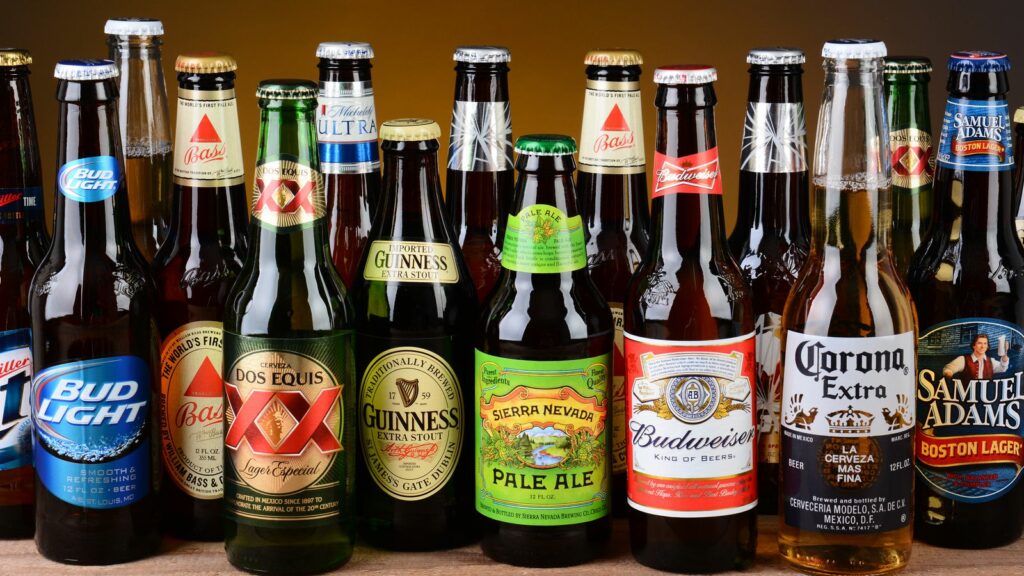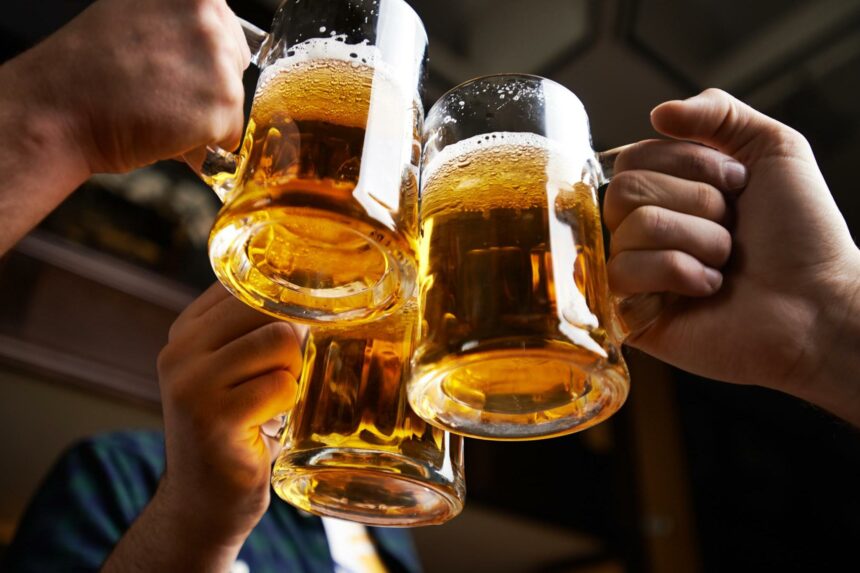Researchers have tapped into artificial intelligence to elevate the brewing process, promising even greater heights for the already revered Belgian beers, known for their diversity, excellence, and rich tradition. Leading the study, Prof Kevin Verstrepen from KU Leuven University, highlighted AI’s potential in refining beer production by dissecting the intricate dynamics of human aroma perception.
“Beer – like most food products – contains hundreds of different aroma molecules that get picked up by our tongue and nose, and our brain then integrates these into one picture. However, the compounds interact with each other, so how we perceive one depends also on the concentrations of the others,” Verstrepen explained.

In their study, published in Nature Communications, Verstrepen and his team delved into the chemical profiles of 250 commercial Belgian beers across 22 styles, including lagers, fruit beers, blonds, West Flanders ales, and non-alcoholic options. Their analysis covered various factors such as alcohol content, pH, sugar levels, and the presence and concentration of over 200 flavour-related compounds, including esters and terpenoids, which contribute to fruity aromas.
To gather empirical taste data, a panel of 16 individuals evaluated the 250 beers across 50 different aspects, like hoppy flavours, sweetness, and acidity, over a three-year period.
Additionally, the study compared its findings against 180,000 beer reviews from the consumer review platform RateBeer. “Tiny changes in the concentrations of chemicals can have a big impact, especially when multiple components start changing,” said Verstrepen, adding that “one surprise was that some substances traditionally known to be a turn-off could be positive if present in lower concentrations, and occur in combination with other aroma compounds.”
Employing machine learning, a subset of AI, the team developed models capable of predicting a beer’s taste profile and overall enjoyment based on its chemical makeup.
The practical application of these findings was demonstrated by improving an existing commercial beer, augmenting it with key substances identified by the AI models, such as lactic acid and glycerol, which led to higher ratings from the tasting panel across several categories for both alcoholic and non-alcoholic variants.
Although the AI models have their limitations, being trained exclusively on data from high-end commercial beers, Verstrepen sees their most promising application in refining the taste of non-alcoholic beers.
Verstrepen reassured beer aficionados that the advent of AI in brewing does not overshadow the craftsmanship of brewing, emphasizing the continued importance of the brewer’s expertise. “The AI models predict the chemical changes that could optimise a beer, but it is still up to brewers to make that happen starting from the recipe and brewing methods,” he affirmed, underlining the blend of tradition and technology in advancing beer quality. He further noted, “The skill of brewers remains vital. It’s their expertise that turns these insights into reality, ensuring that the rich heritage of brewing is not only preserved but enhanced.”








